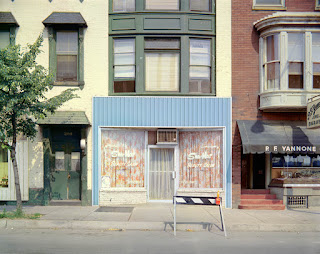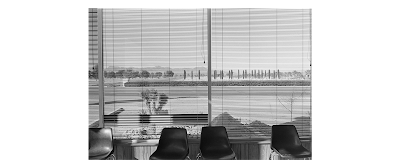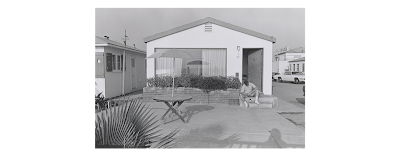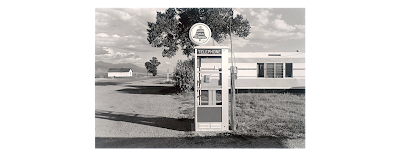Don't get me wrong, I think digital photography is great. There are few things more rewarding in everyday photography than connecting your memory card to Lightroom and, in a matter of seconds, seeing the magic you just created. From that moment, it seems the options and opportunities are infinite. And some would argue that this is where the magic begins.
In fact, it was a friend who was trying to convince me that film photography promotes laziness in photographers that made me realize how passionate I have become about film photography. As a person who has extensively dabbled in both digital and film photography, I have come to believe that digital photography promotes creative laziness in amateur photographers, especially when it comes to photographing the everyday.
Aside from instant gratification, the only aesthetic difference between film and digital photography is the difference in the quality of the image. And, of course, if your goal is to produce a crystal clear shot of a skyline or create content for an advertisement on the side of a highway, digital is the way to go. But in that case, you'd be a professional, who has hopefully set up camera settings an infinite number of times.
You'd be a professional who has most likely experienced every aspect of both film and digital photography. You've experimented with different types of film, camera lenses, types of cameras. You've spent hours upon hours in a darkroom, mixing chemicals, crossing your fingers that, despite the fact you think you did everything right, the chemistry didn't fool you and ruin your artwork. You have your spot in the darkroom, you have your enlarger, and you know which filter you'll need after a single test print.
Taking a step further back, you know how to
use a camera. In today's world, it's easy to put everything on automatic, and it's easy to use things that we didn't even know were automatic (think: iPhone). While not everyone needs to know how to use a camera on manual, it sure is easy to hide behind the "Automatic" setting on your camera that we all know and sometimes love (I would know). While automatic shooting is great when it's coming from a place of utter necessity, it allows amateur photographers to shoot hundreds upon hundreds of photos in a single setting, as they know that they will be able to sit down at a computer within hours, scroll through every photo, and toggle the brightness, contrast, and angles as they deem necessary. And don't get me started on the editing "presets" that have reached peak popularity in recent times.
On the contrary, I believe there is a true artistry that begins with the act of loading a roll of 36 black and white exposures into your camera, all the way to developing it and making prints on your own. You are given true ownership over your photos, and the means of editing are minimal. Not only are they minimal, but they are just as intentional as all of the work that went into creating the single image on the roll of film itself.
I believe that we should always aim for quality over quantity, but shoot for quantity too. But at the very least, get to know your camera. If you don't have a film camera, switch your DSLR on manual, and watch a YouTube video on how to shoot that way. Get familiar with f/stops and shutter speeds. Wait a day or two before the instant gratification of plugging in your memory card hits, or perhaps delete the filters you were suckered into downloading. Either way, let your image shine on its own, without layers of digital information stacked atop.



